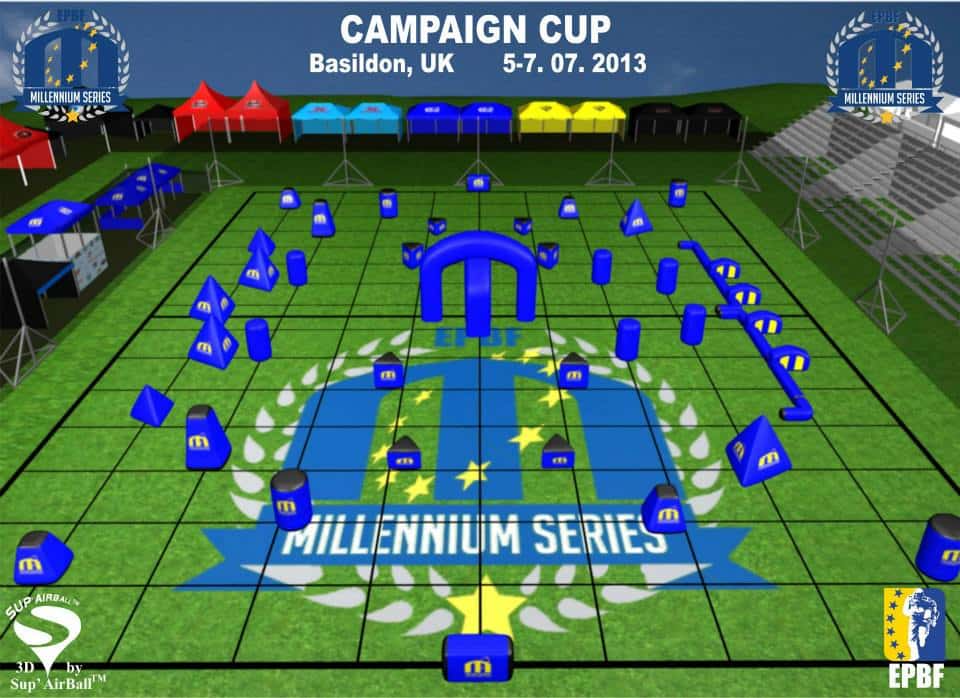Intro to Pro Paintball Fields
While the NXL field size will stay the same, the field layouts will change often. As a long-time enthusiast who’s navigated from amateur fields to the structured chaos of professional play, I’ve come to appreciate the intricate dance of strategy that the NXL embodies.
Its fields, marked by unique layouts and iconic bunkers, are arenas where skill, strategy, and teamwork converge.
This post aims to demystify the complexities of professional play for newcomers. NXL fields aren’t just patches of grass dotted with random obstacles; they’re carefully designed battlegrounds that challenge players to think, adapt, and outmaneuver their opponents.
From the standard dimensions that dictate the playing space to the iconic “Doritos” and serpentine “snake” bunkers, every element has its purpose.
This guide will navigate through the essentials of NXL field size, layout, and the strategic use of features like Doritos and snakes, offering a primer for aspiring players to elevate their game from backyard skirmishes to the strategic ballet of professional paintball.
The Basics of NXL Field Size
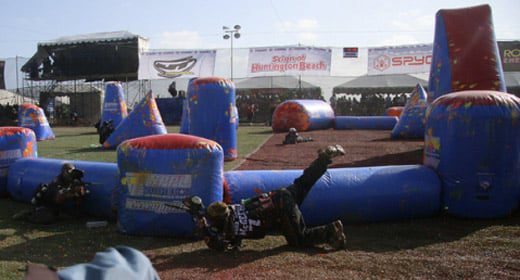
The battlefield of NXL paintball is not just any ordinary field; it’s a meticulously measured arena where every inch can be the difference between victory and defeat.
Standard NXL fields stretch 150 feet in width and 120 feet in length. Imagine running the length of a football field, but with the added adrenaline of paintballs flying past you. This size offers ample space for tactical maneuvers, allowing teams to execute complex strategies and daring plays.
Navigating this expanse requires not just physical agility but a sharp mind to make split-second decisions. The size of the field ensures that players have enough room to sprint, dive, and crawl, making for dynamic and exhilarating gameplay.
It’s akin to playing chess on a giant board, where each move and position holds strategic weight. Whether you’re a sniper waiting for the perfect shot or a front player charging towards the enemy, understanding the scale and space of an NXL field is crucial.
It’s this arena that tests your limits and transforms a good player into a great one.
Also Read: Best Paintball Players of All Time
Decoding the Paintball Field Layout
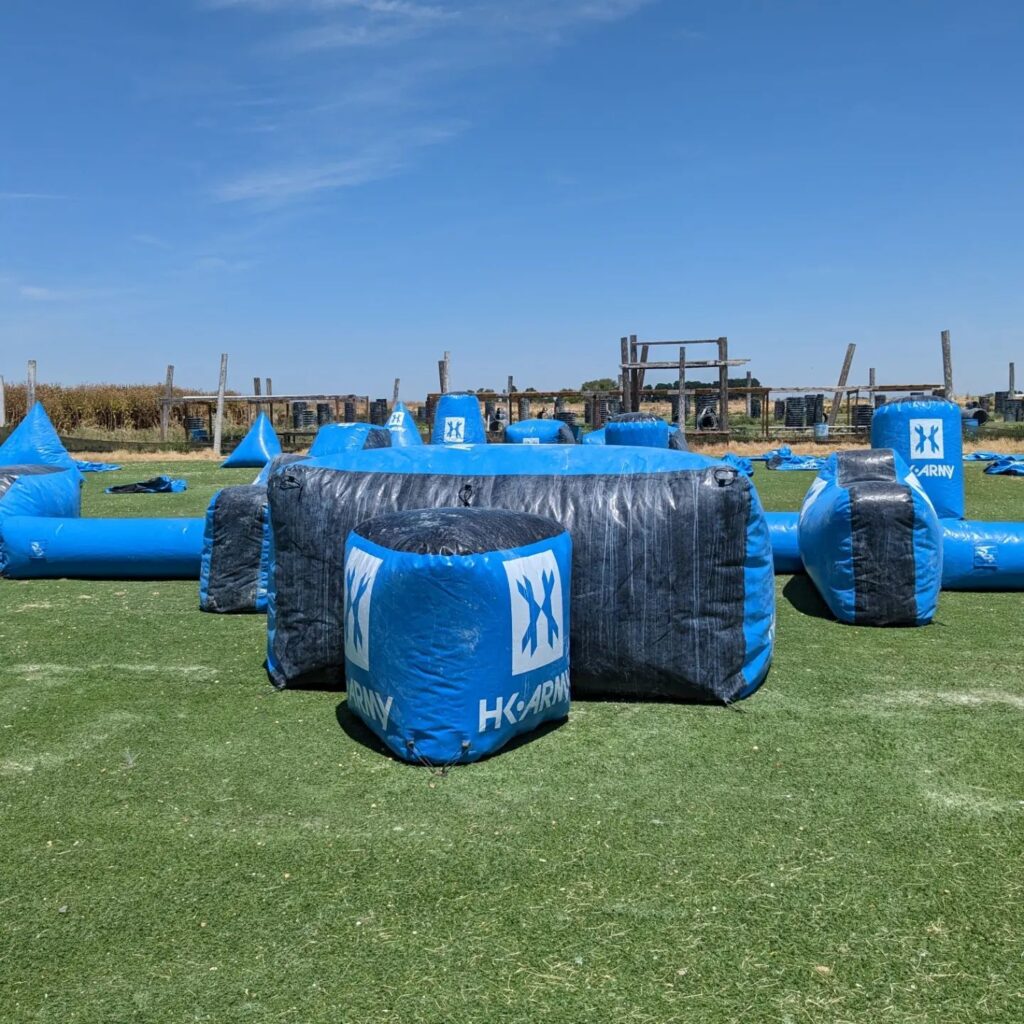
Picture a paintball field as a giant playground. It’s filled with all sorts of hiding spots called bunkers. These bunkers can look like big tubes, bricks, or even pyramids. They are spread out all over the field so players can hide behind them and make sneaky moves.
One special area on the field is called “the snake.” It’s a long, low bunker that looks like a snake slithering on the ground. Players who are quick and sneaky love “the snake” because they can crawl through it without being seen and surprise the other team.
When I first played on a field with “the snake,” I remember thinking it was like a secret tunnel in a castle. I could sneak up close to the other team without them spotting me. It felt like being a spy on a mission.
The field is like a big chess board. Each team starts on opposite sides, and the bunkers are set up in a way that makes the game fair and fun. Some bunkers are close for quick moves, and others are far away for long shots.
Knowing where to run, hide, and look for the other team is a big part of the game. It’s all about having a good plan and working together with your team to control the whole size of the NXL field .
Key Features of the Field: Doritos and Snakes
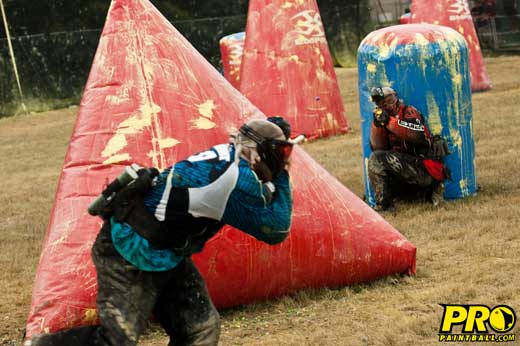
On a paintball field, two cool bunkers stand out: “Doritos” and “the snake.” Doritos look like big, spiky triangles you can hide behind. They’re named after the snack because they kind of look like Dorito chips!
When I first saw them, I thought it was funny to have a snack name in a paintball game. Players use Doritos to sneak up on the other team because they offer good cover while moving forward.
“The snake” is another favorite. It’s a long, flat bunker that stretches across the field. Players crawl inside it to move without being seen. It’s like being a secret agent on a mission. One time, I crawled through the snake so quietly, I surprised an opponent from behind. It felt awesome to be so sneaky!
Both Doritos and the snake are super important in paintball. They help players make bold moves and plan surprises. Doritos let you move up the field and take cover, while the snake lets you hide and crawl close to the other team.
Smart players use these bunkers to help their team win. It’s like having secret paths and forts that only you know about!
Also Read: NXL Pro Teams List
Reading the NXL Layout
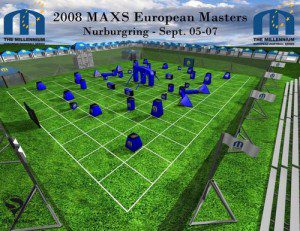
Before a paintball game starts, teams take a good look at the field layout. While the NXL field size doesn’t change. Leagues change the layout often. It’s like studying a map before going on a treasure hunt.
We check out where all the bunkers, like Doritos and the snake, are placed. This helps us make a plan.
We think about where we can run fast, where to hide, and how we can surprise the other team. It’s a bit like playing hide and seek in your backyard. You know the best hiding spots and where you can quickly dash to without being seen.
One time, my team noticed a path that was not very obvious. We decided I would sneak through it while the others kept the other team busy. It worked! I was able to shoot two players from the other team because they didn’t see me coming.
It felt like finding a secret passage that no one else knew about.
Analyzing the field layout lets us come up with cool strategies. We decide who will go where and what each player’s job is. It’s like being on a sports team where everyone has a position to play.
Knowing the layout helps us work better as a team and makes the game more fun because we have a plan.
Team Strategies on the Pro Field
In NXL paintball, teams use smart strategies to win. Just like in a game of soccer or basketball, there are offensive and defensive plays. On offense, teams might use a “breakout” strategy.
This means right when the game starts, players run fast to grab good spots on the field. It’s like a race to get the best hiding places before the other team does.
Defensively, teams set up in positions that protect their flag or base. They stay close to home and make sure the other team can’t sneak in. It’s like guarding your fort in a game of capture the flag.
One cool strategy my team used was called “the pincer move.” We split into two groups. One group distracted the other team by being loud and obvious. The other group quietly moved around the sides of the field, like sneaking around the edges of a playground.
Then, we closed in on the other team from both sides. It was like trapping them in a net. We practiced this move a lot, and when it worked, it felt amazing.
Teams also have special roles for players. Some are “front players,” who are fast and lead the attack. Others are “back players,” who provide cover fire and make strategic calls. It’s like having scouts and generals in a battle.
Understanding these strategies makes playing paintball more exciting. It’s not just about running and shooting. It’s about thinking, planning, and working together as a team. Every match is a new challenge to outsmart the other team. Players must use the full size of the NXL field and demonstrate their strategy can work.
Also Read: Top Paintball Guns out Right Now
Player Roles and Movements
In paintball, just like in many team sports, each player has a special role. These roles decide how we move on the field and work together to win. Let’s break it down simply.
First, we have “front players.” They are the speedsters, always moving fast to take the lead in the attack. They use the field’s layout, like hiding behind “Doritos” or sneaking through “the snake,” to get close to the other team without being seen.
It’s like being the front runner in a relay race, setting the pace for the team.
Then, there are “back players.” They stay closer to our starting point, protecting our area and making sure the front players have cover. They’re like the goalkeepers in soccer, always ready to defend and support the team from behind.
My job often was to be a back player because I had a good aim and could keep an eye on the whole field, directing my teammates to where they were needed most.
Teams also use numbers to talk about positions. For example, a “1” might be a front player, the first to push forward. A “2” could be a mid-player, supporting the “1” and ready to move up. A “3” is often a back player, keeping watch over the field and covering the team’s advance.
It’s a bit like numbering players in basketball or football to know their positions.
These roles and numbers help us move and act as one unit. Knowing someone’s number tells you a lot about their job during the game and where they might be on the field. It makes planning strategies easier and helps everyone know their part in the team’s playbook.
One time, I remember how our “1” got tagged out early, so our “2” had to step up and take the lead. It was a tense moment, but because we knew our roles and numbers, we could quickly adjust and keep pressing forward.
It showed me how important each player and their role is to the team’s success. It’s like every piece in a puzzle; you need them all to complete the picture.
Keep Reading: Should you Take an Ice Bath Post Workout
Concluding NXL Field Size and Layouts
Understanding the NXL field layout and strategies is like knowing the rules of the road before you start driving. It’s essential for any new player who wants to get better at paintball.
Knowing where bunkers like “Doritos” and “the snake” are helps you move smarter and stay hidden. Plus, learning strategies means you can work better with your team, like deciding together when to push forward or when to hang back and defend.
It’s the difference between playing checkers and chess; you’re not just moving pieces, you’re thinking several steps ahead.
When I first started playing paintball, I didn’t know much about field layouts or strategies. I ran around without a plan, and I got tagged out a lot. But once I took the time to learn the field and understand the roles within my team, my game changed.
I started making moves that helped my team win, not just running and shooting. For anyone new to the game, take it from me: spend some time learning the field and talking strategy with your team.
It’ll make you a better player, and it’s way more fun to play when you’re part of a team that knows how to work together to win.
Follow the NXL for upcoming events.
